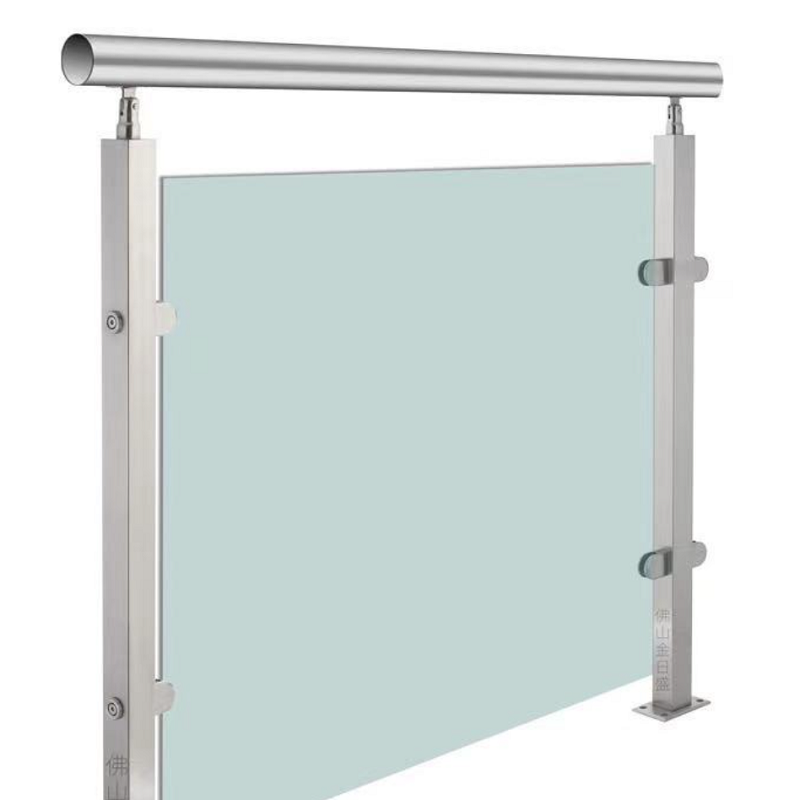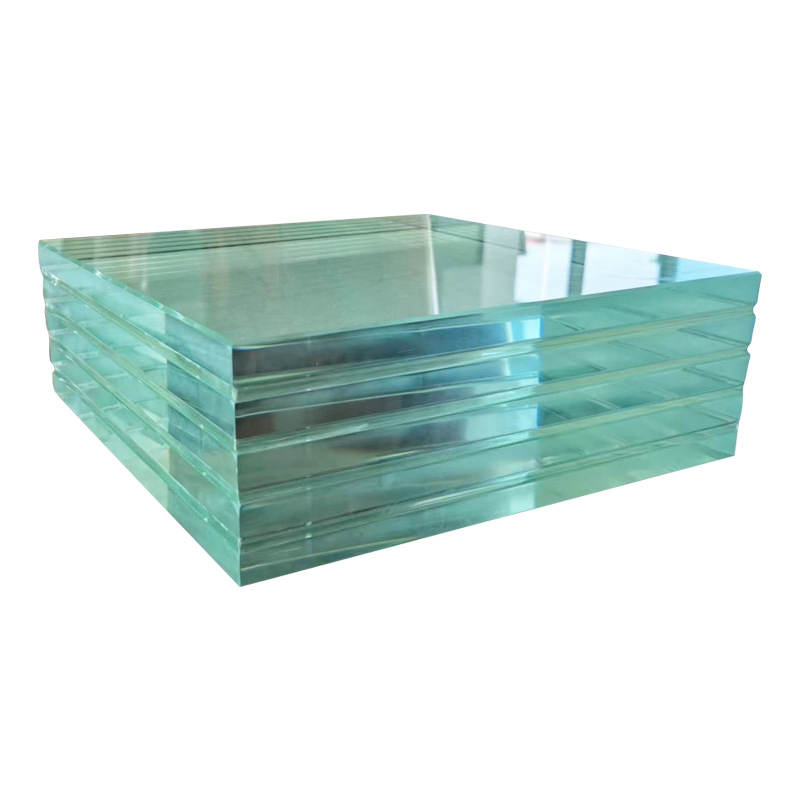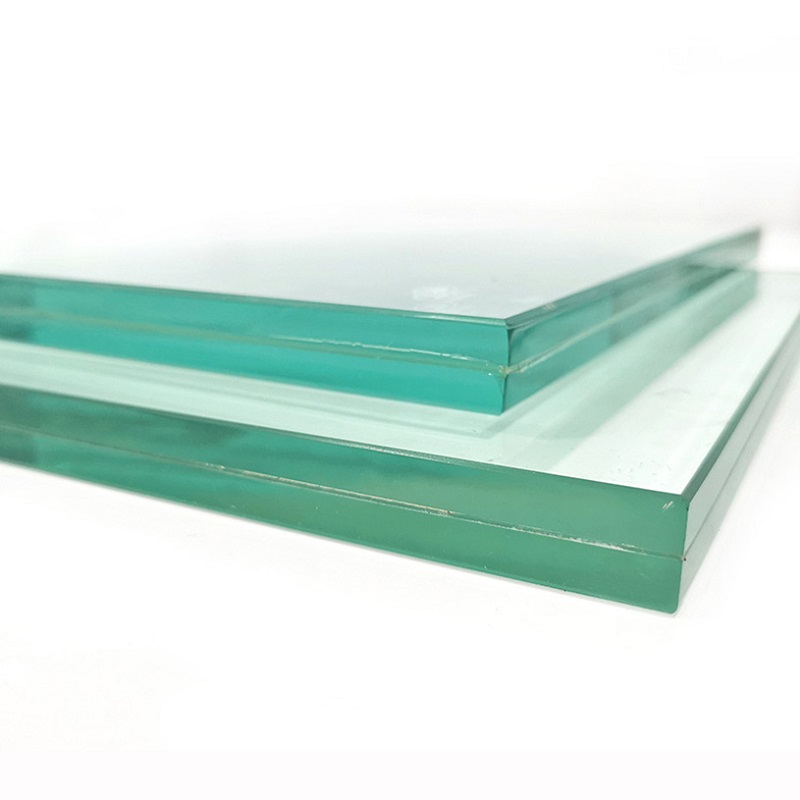**Glass Bricks Advantages Driving Adoption**
1. **Light Transmission & Energy Efficiency**: Glass bricks diffuse natural light while reducing glare, cutting artificial lighting costs by up to 30%. Glass bricks hollow structure provides thermal insulation (U-values as low as 2.8 W/m²K), aligning with green building standards like LEED.
2. **Structural Versatility**: Used in walls, partitions, flooring, and façades, they combine load-bearing capacity (up to 8 MPa compressive strength) with design flexibility. Architects favor them for creating "light walls" in offices, hotels, and luxury residences.
3. **Acoustic & Privacy Benefits**: With sound reduction ratings (STC) reaching 45 dB, they’re ideal for urban spaces. Frosted or patterned variants maintain privacy without sacrificing illumination.
4. **Low Maintenance & Durability**: Tempered glass bricks resist scratches, moisture, and UV degradation, outperforming traditional materials in high-humidity zones like bathrooms and swimming pools.
**Global Market Hotspots**
- **Europe**: Leading in sustainable construction, Germany and Scandinavia see 22% annual growth in glass brick façades for passive solar design.
- **Middle East**: Dubai’s "smart city" projects utilize heat-reflective coated bricks to balance natural light and thermal control.
- **Asia-Pacific**: Japan’s earthquake-prone regions adopt reinforced glass brick systems for seismic-resistant partitions.
- **North America**: Rising demand for industrial-chic interiors fuels 15% YOY growth in residential retrofits.
**Key Applications**
- Commercial: Hotel lobbies, retail displays, office dividers
- Residential: Shower enclosures, kitchen backsplashes, basement windows
- Public Infrastructure: Sound barriers, subway station cladding, hospital privacy screens
**Addressing the Drawbacks**
While versatile, glass bricks face limitations:
1. **Cost Premium**: Prices run 20-35% higher than standard masonry, though lifecycle savings offset initial costs.
2. **Weight Challenges**: At 4-6 kg per brick, structural reinforcement is often required.
3. **Installation Complexity**: Specialized mortar and spacing tools are needed to prevent cracking.
4. **Limited Insulation in Extreme Climates**: Additional glazing layers may be needed in polar/desert regions.
**Innovation Bridges the Gap glass bricks**
Manufacturers are tackling weaknesses through hybrid designs:
- Vacuum-insulated glass bricks for Arctic applications
- Lightweight polymer-core variants (1.8 kg/brick)
- Prefabricated modular panels reducing installation time by 60%
As urban densification and biophilic design trends accelerate, glass bricks are transitioning from niche novelty to mainstream building essential. Their ability to merge environmental performance with artistic expression positions them as a cornerstone material for 21st-century architecture.





